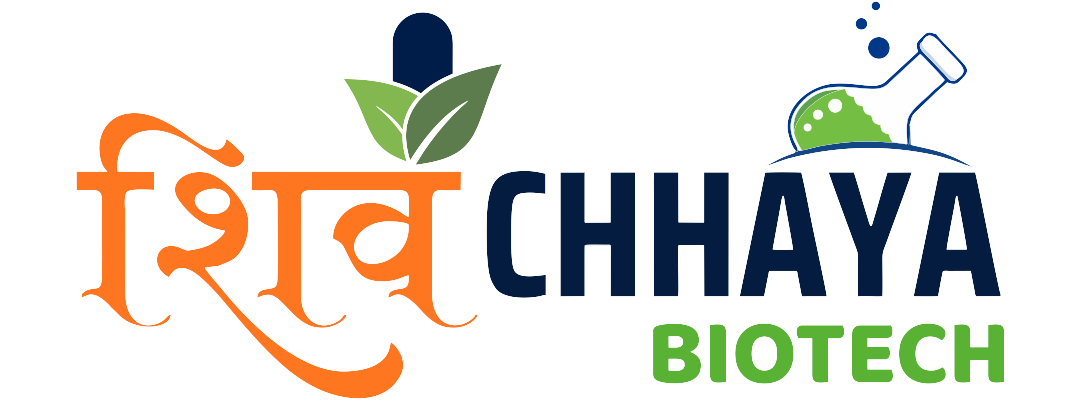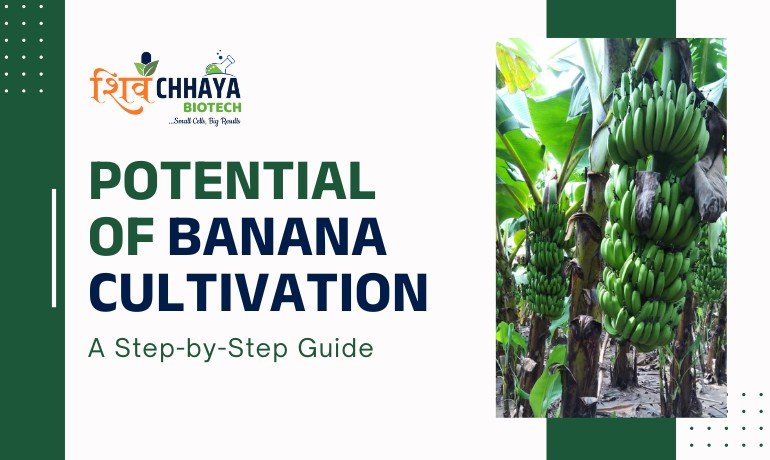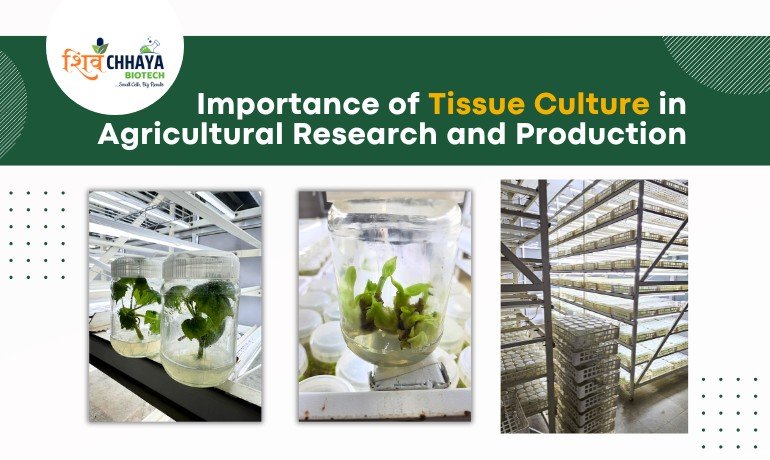Banana, revered as one of the oldest and most common fruits globally, holds a significant position in the agricultural landscape. In India, it stands as the second-largest fruit industry, cherished for its nutritional value, year-round availability, and versatile applications. The botanical names Musa cavendish and Musa paradisiaca signify its importance within the Musaceae family, representing not just a fruit but a cultural and economic cornerstone.
Climate and Soil Requirements
Banana thrives in warm, humid, and rainy climates, showcasing optimal growth between 10 to 40°C with a relative humidity of 90% or above. Frost and arid conditions are detrimental to its growth, necessitating sheltered environments. Soil fertility plays a crucial role, demanding rich, well-drained, fertile soils abundant in organic matter. The ideal pH range stands between 6 to 8, ensuring the plant’s nutrient uptake and overall health.
Propagation and Planting
Commercial banana varieties don’t produce viable seeds, relying instead on suckers, sword suckers, or rhizomes for propagation. The pit and furrow methods facilitate planting, with specific timeframes varying across regions. In South India, planting can occur year-round except in summer, while North India favors July-August. Adequate spacing, whether 3x3m for tall varieties or 2x2m for dwarf ones, ensures optimal growth and resource utilization.
Manuring and Fertilization
Being a heavy feeder, bananas respond well to balanced fertilization. Timely applications of nitrogen, phosphorus, and potassium enhance growth and yield. In Tamil Nadu, for instance, a regimen of 100 g of N, 30 g of P2O5, and 300 g of K2O per plant is recommended, divided into three doses during the second, third, and fifth months after planting. In Maharashtra, a similar but slightly adjusted formula is utilized, reflecting regional soil characteristics and cultivation practices.
Aftercare Practices
Aftercare practices are crucial for sustaining banana plant health and maximizing yields:
- Desuckering: Eliminating unwanted shoots near the base of the plant ensures resource allocation to the main stem and fruiting structures.
- Propping: Providing structural support with bamboo stakes prevents toppling, especially during heavy winds or storms.
- Wrapping: Shielding fruit bunches with protective covers safeguards against sunburn, wind damage, and dust accumulation, enhancing market appeal and value.
Harvesting, Yield, and Varieties
Bananas are typically harvested between 12 to 18 months post-planting, depending on the variety. Signs of maturity include plump fruits, metallic sounds upon tapping, and color changes. Varieties like Poovan, Dwarf Cavendish, Robusta, and Rasthali dominate the Indian landscape, each offering unique qualities and market preferences. Yield ranges from 15-50 tonnes per hectare, underscoring its economic significance.
Plant Protection
Banana cultivation faces challenges from diseases like Panama wilt and bunchy top, along with insect pests like root stock weevil. Disease management involves sanitation practices, resistant varieties, and chemical treatments, safeguarding plant health and productivity.
In conclusion, mastering banana cultivation requires a holistic approach, integrating climate considerations, soil management, propagation techniques, and vigilant plant protection measures. By adhering to best practices and staying abreast of advancements, farmers can unlock the full potential of this timeless fruit, sustaining both livelihoods and ecosystems for generations to come.


